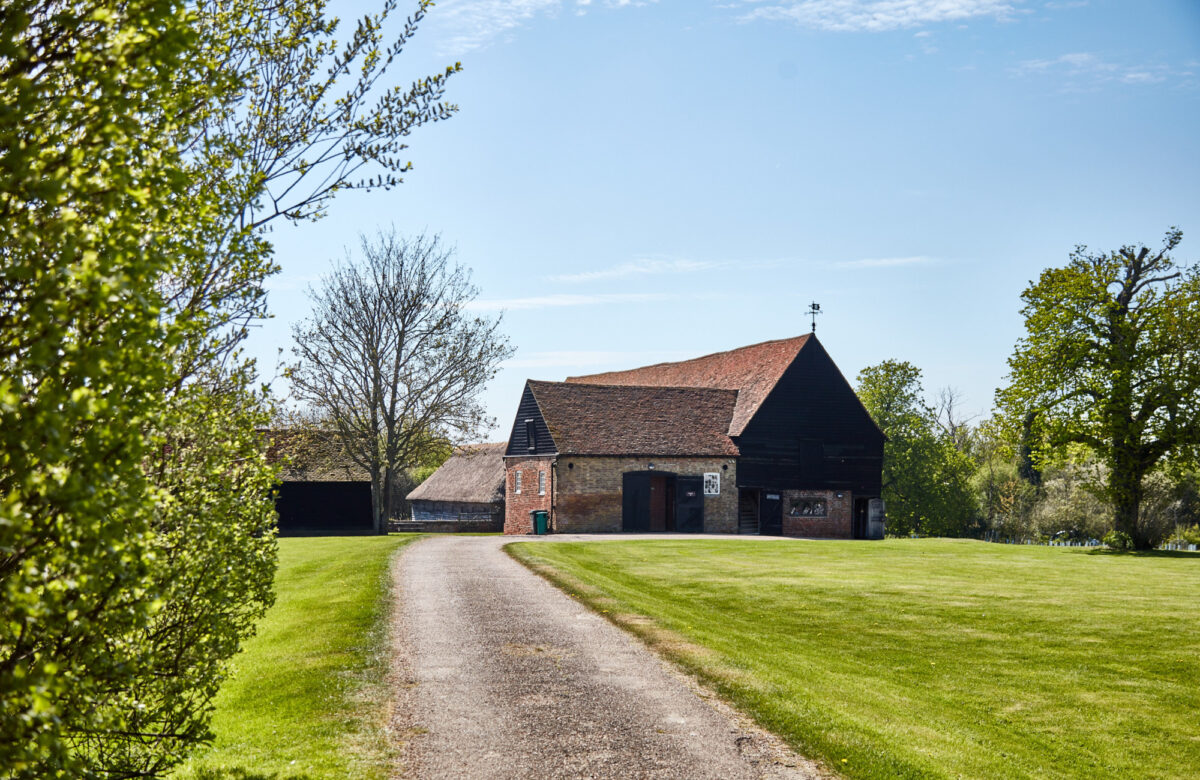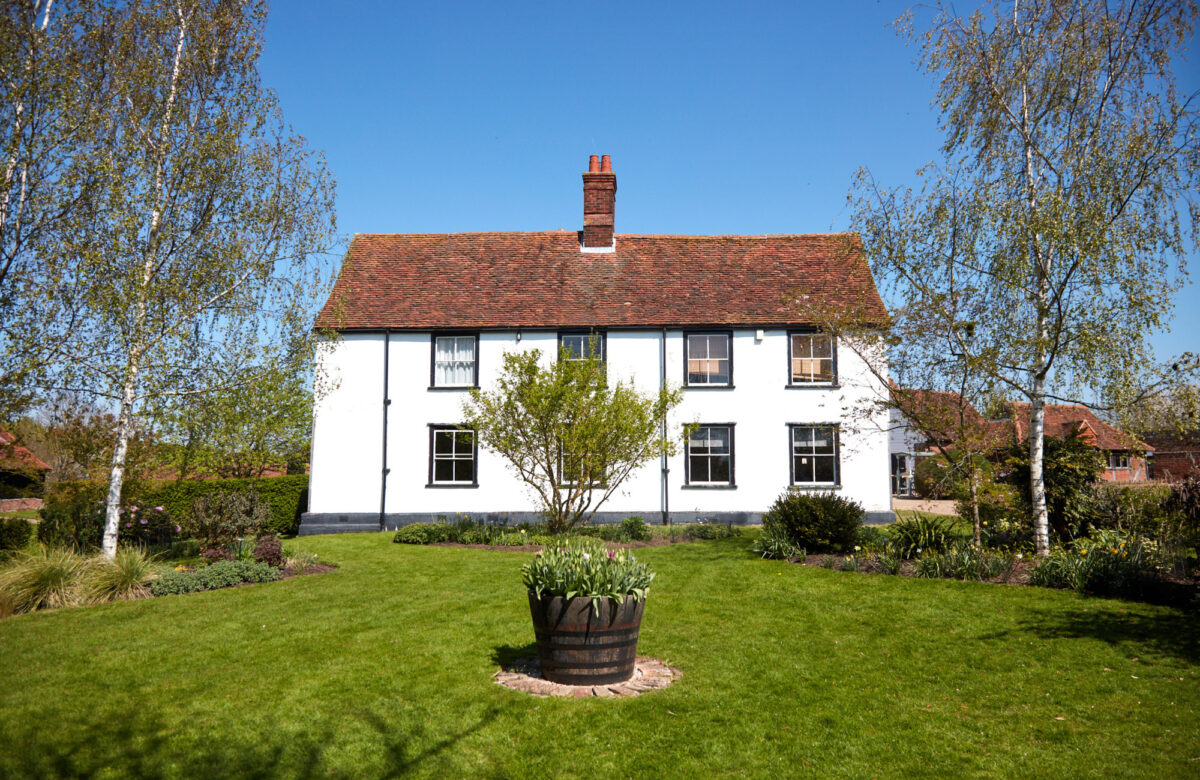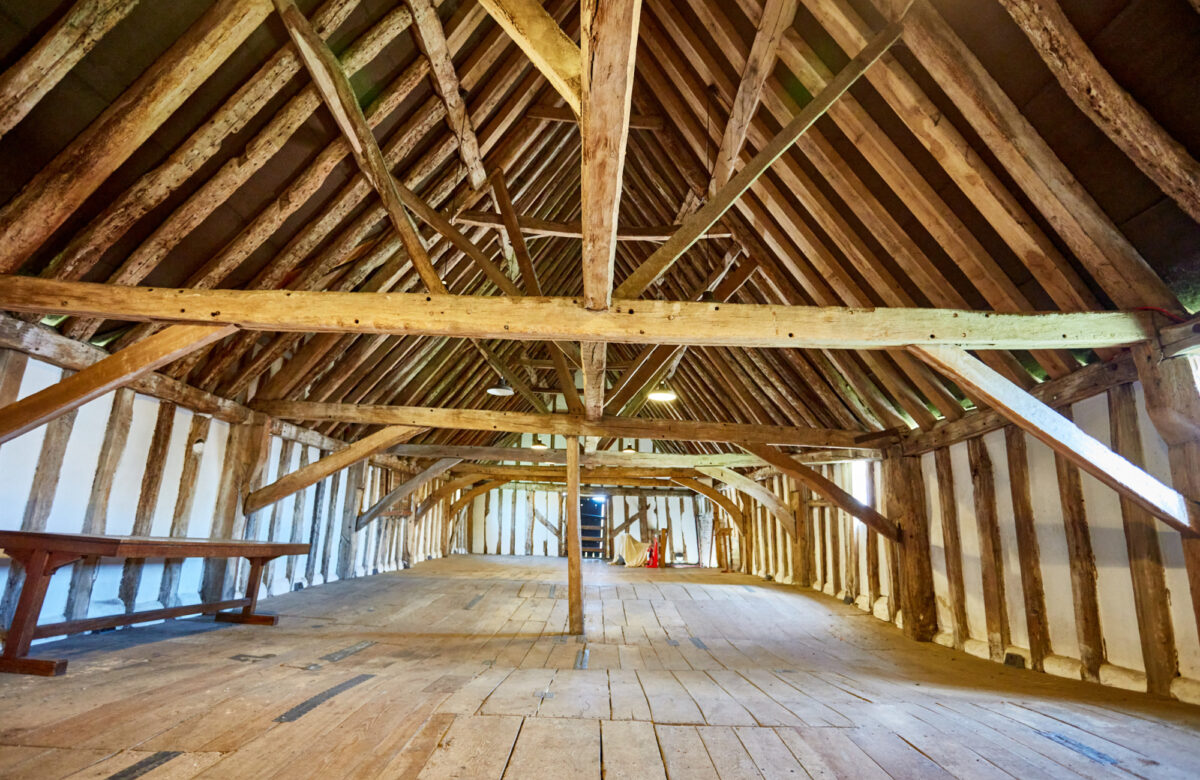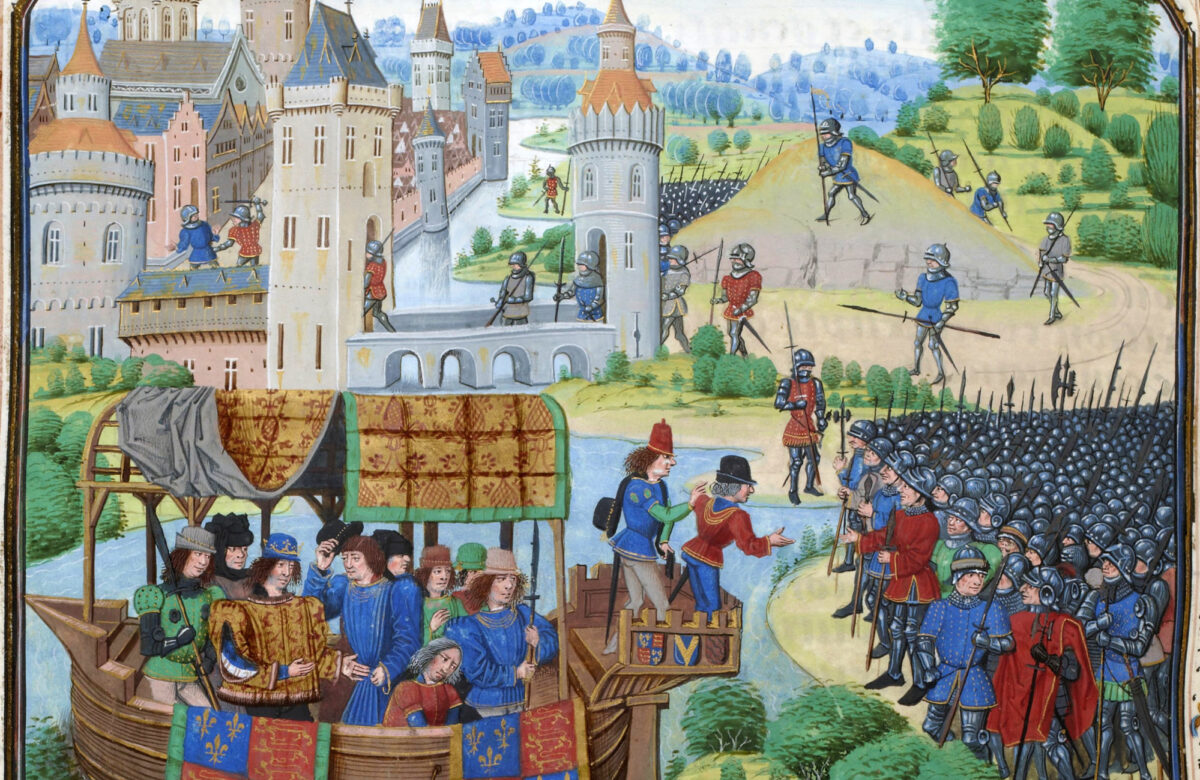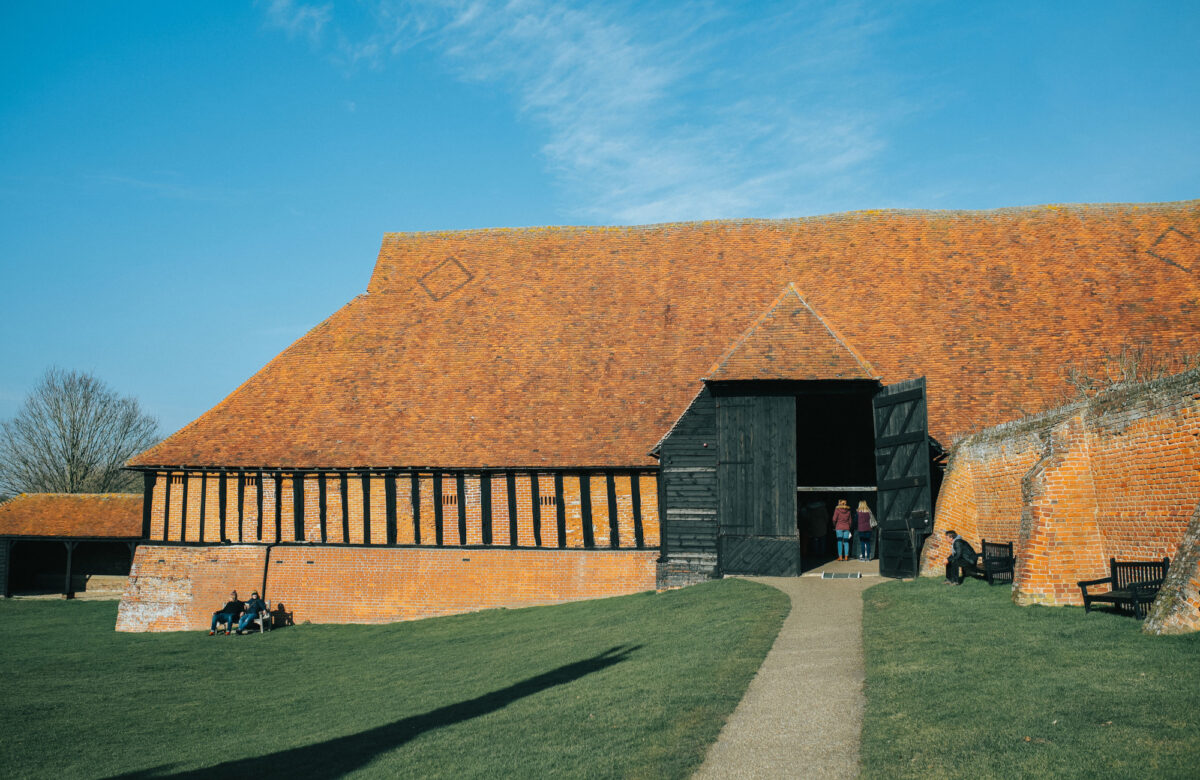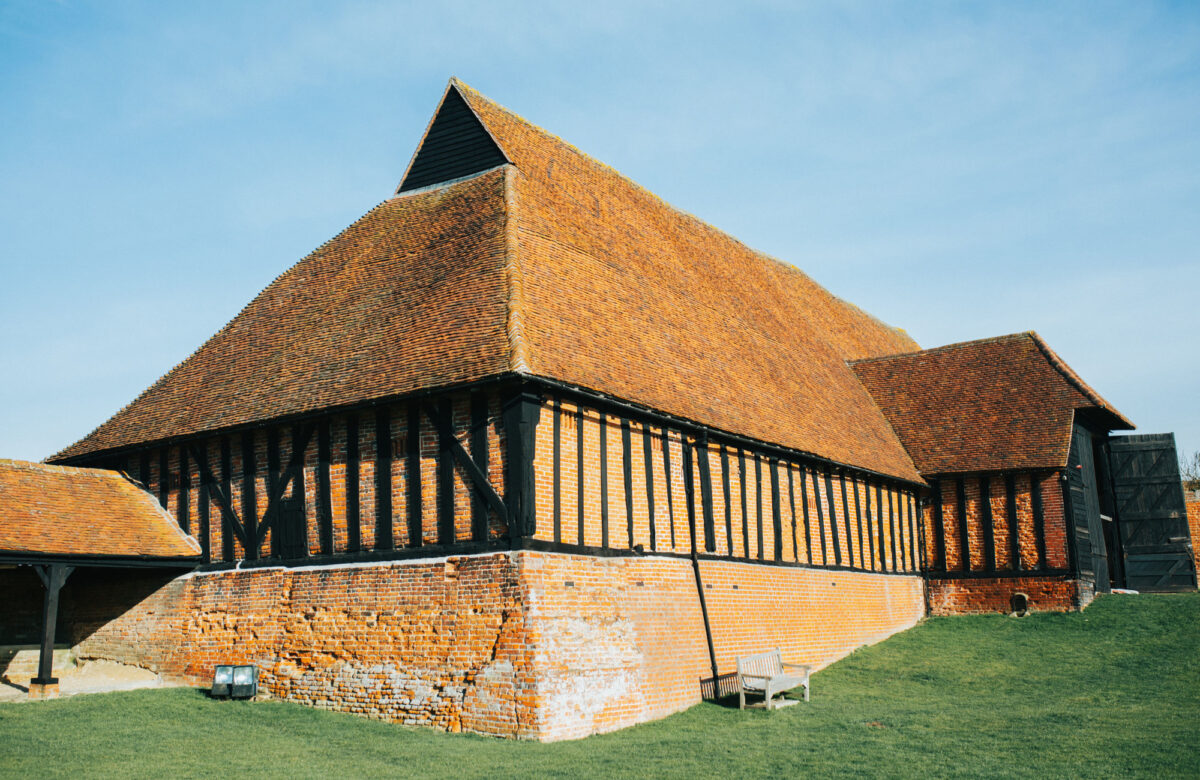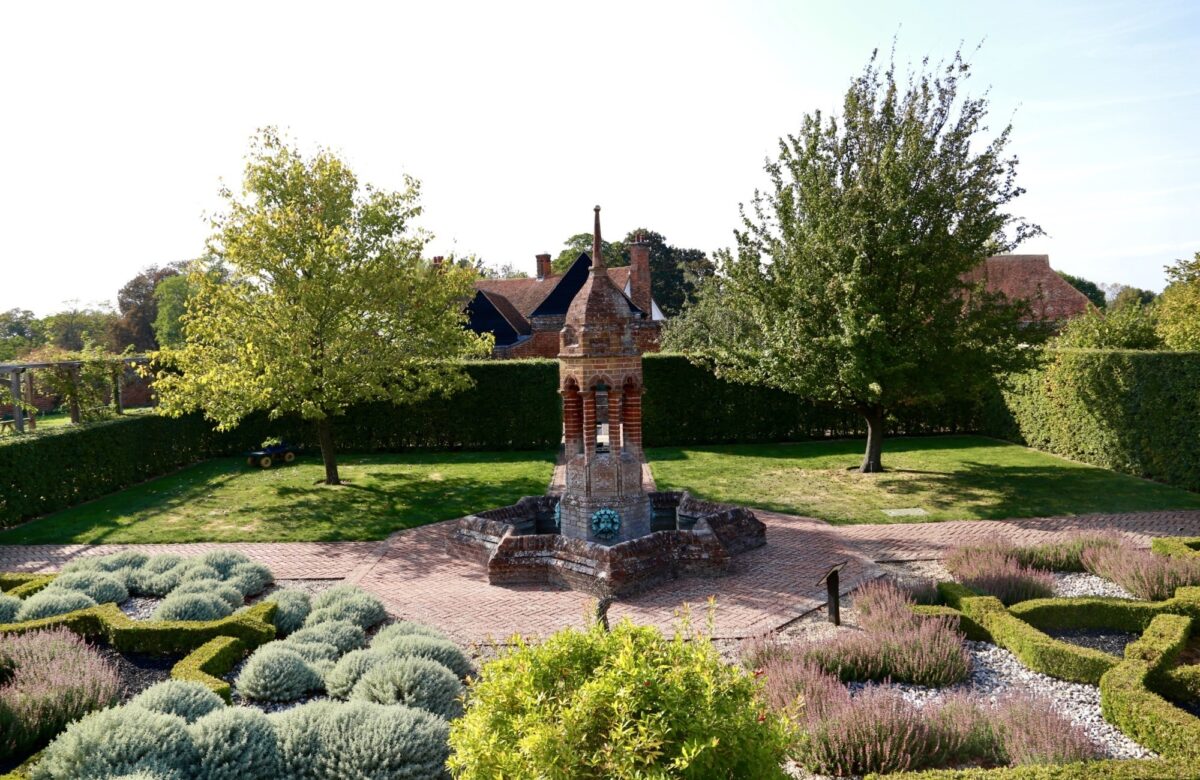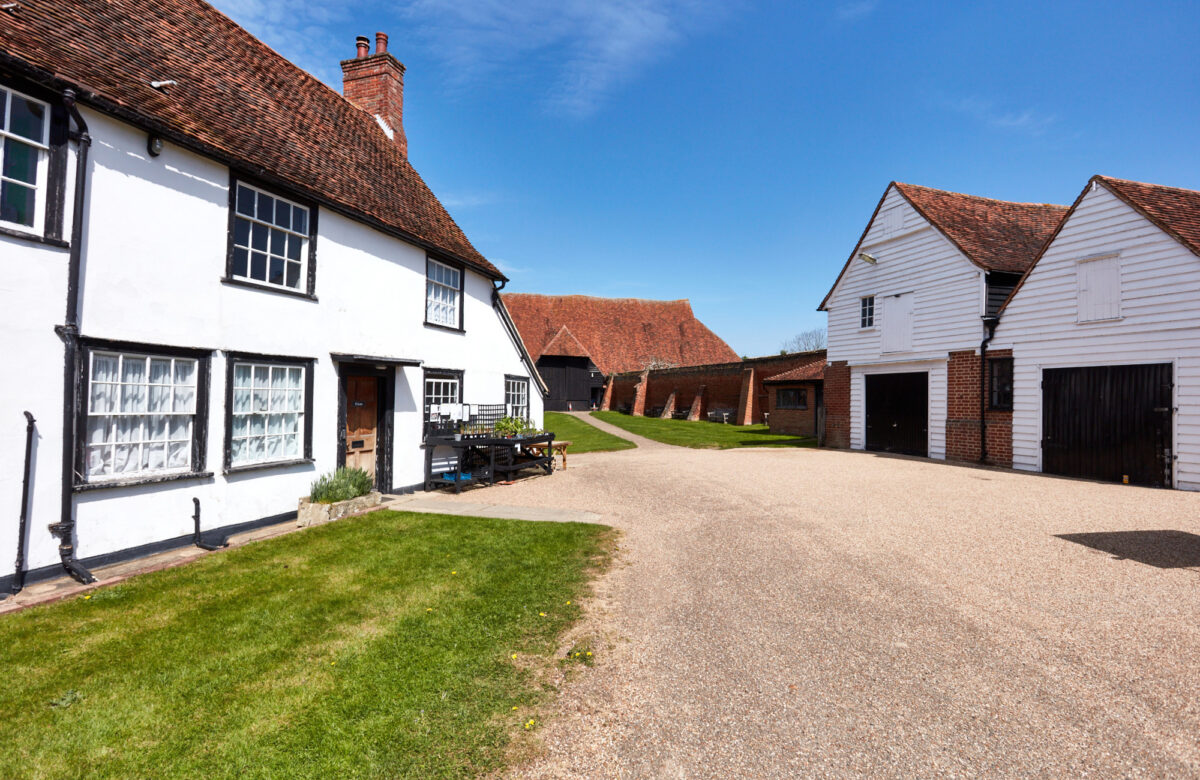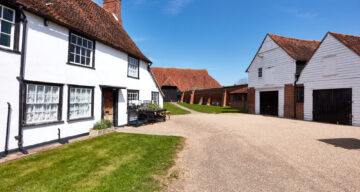The Peasants' Revolt of 1381
A research project about one of the largest popular uprisings in medieval Europe has shed new light on the Peasants' Revolt of 1381 at Cressing Temple Barns.
Posted on 22nd October 2024
The project - led by Professor Adrian Bell from Henley Business School at the University of Reading - examined judicial and manorial documents, combined with records of central and local government, poll tax records and more, to reconstruct collective biographies of the people caught up in the rising.
The Peasants’ Revolt - also known Wat Tyler's Rebellion or the Great Rising - was one of the largest uprisings in England in the summer of 1381.
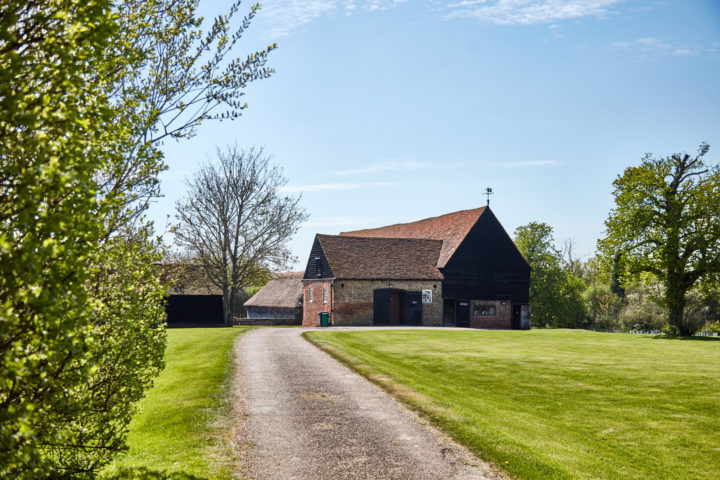
One of the key events of the revolt in Essex was an attack on Cressing Temple which took place on 10 June 1381.
It’s thought that the attack was motivated by ill-will towards Robert Hales, the Prior of the Order of St John of Jerusalem (the Hospitallers), who owned Cressing Temple and who had recently been appointed Treasurer of England.
Following attacks on local and royal officials, several rebel groups met at Cressing Temple. They tore down the manor house and other buildings, burnt books and stole goods and possessions. Curiously, they did not attack the large barns on the site – which remain for visitors to enjoy today.
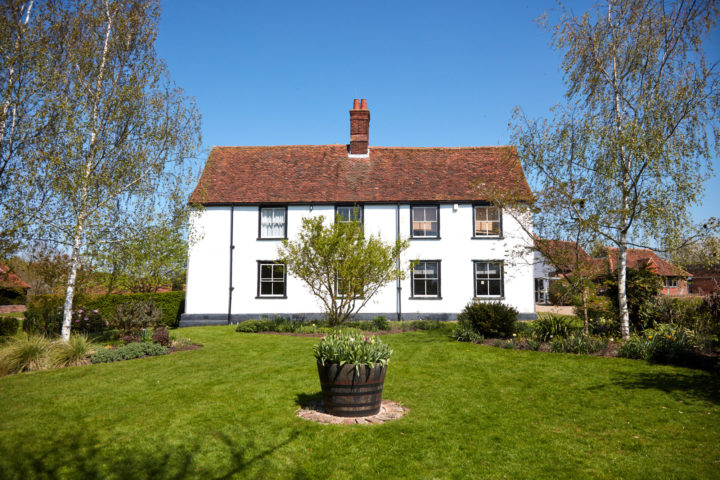
The People of 1381 team have reconstructed the events leading to the attack and its aftermath, drawing on both narrative sources and the legal records collected during the project.
This data has also been used to create a map displaying the origin of the rebels who participated in the attack on Cressing Temple, including links to their profiles in the project database.
The map demonstrates the spread of those who assembled in the attack and the distance they would have travelled from their home location during the events of June 1381 in Essex.
The data reveal the identity of 148 individuals involved, although this number is likely to be significantly lower than the actual figure. Some sources refer to whole villages being involved in the attack. All but one of these were men, there is a single reference to an unnamed woman described simply as ‘lately wife of William Dekne’.
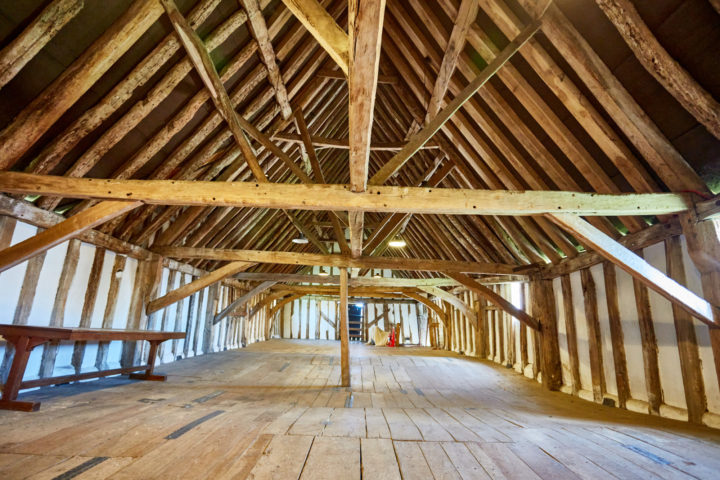
All but two came from Essex, the appearance of William Langnase of Northfleet in Kent illustrates the connection with rebels over the county border and an unreliable indictment names Thomas Farringdon, a member of an old London family who joined the revolt. However, it is doubtful whether he was actually present at Cressing Temple.
In most cases, all we have is a name, however cross referencing with other sources allows us to build a picture of the social background of the Cressing Temple rebels, which reveals that they included craftsmen, merchants, clergy, servants and comparatively wealthy peasants and townsmen, some of whom had held manorial and civic office.
Two men are described as ‘bokerlerpleyeres’, defined by the Oxford English Dictionary as a fencer – possibly denoting someone who earned a living from fencing as entertainment. This variety of backgrounds further confirms the inadequacy of the term ‘Peasants’ Revolt’.
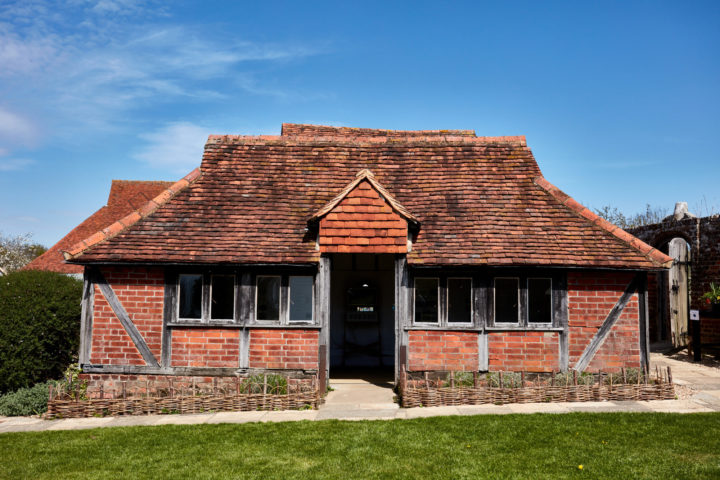
To discover more about Peasant’s Revolt and the database visit: www.data.1381.online
To view the map of the rebels origins visit: www.1381.online/project_outputs/cressing_rebels
Tagged with
Related blogs
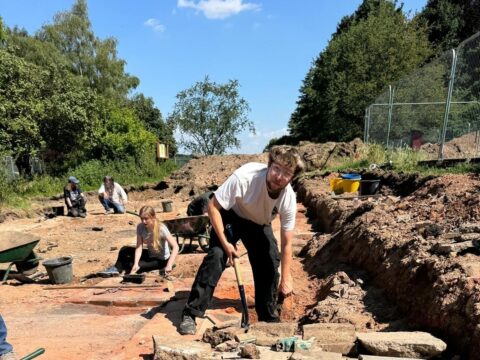
Community excavation at Weald Country Park peers into past
Peer into the past and discover this fascinating archaeological dig at Weald Country Park.
Posted on 30th July 2024
Read article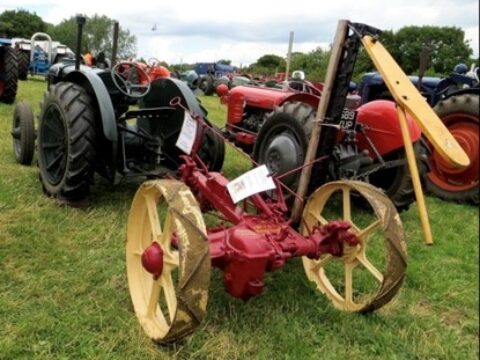
Cressing Temple Barns: The Working Farm
A new project at Cressing Temple Barns called ‘The Working Farm’ will see the on-site farm machinery being given a new lease of life to make them more visually presentable to visitors.
Posted on 14th June 2024
Read article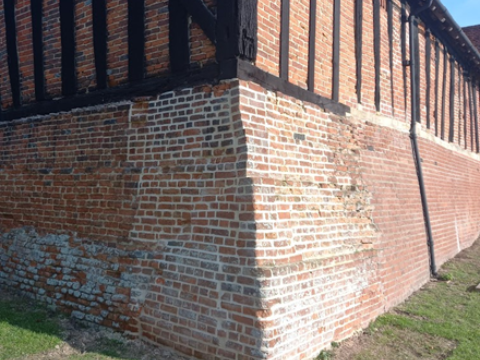
Restoring and maintaining history at Cressing Temple Barns
Read about the much needed maintenance works (as approved by Historic England) recently completed in the Wheat Barn at Cressing Temple.
Posted on 3rd March 2023
Read article